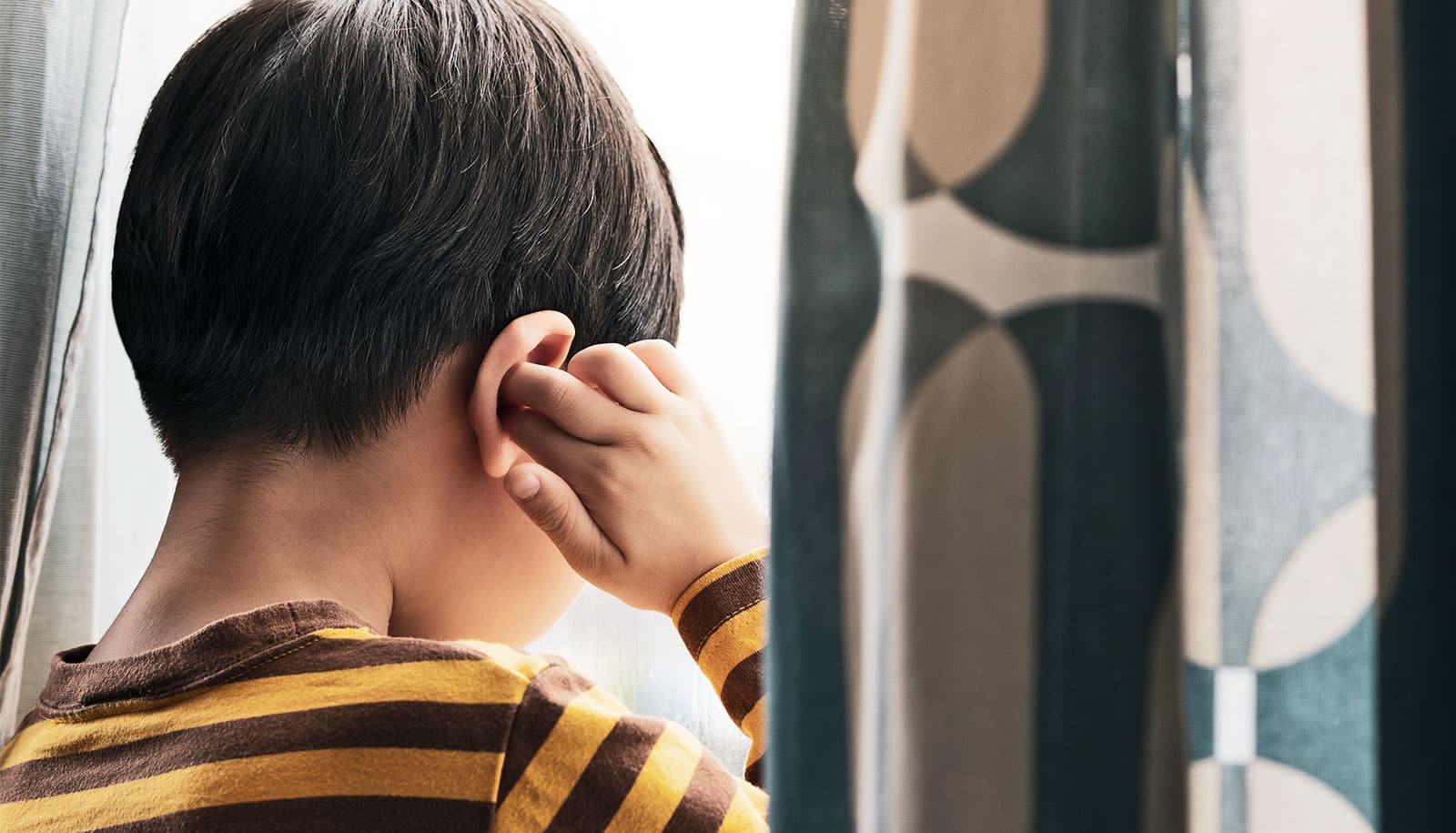Common hearing tests may not detect subtle kinds of hearing loss, particularly those that make hearing in noisy rooms or loud crowds difficult.
This type of “hidden hearing loss” paradoxically presents itself as essentially normal hearing in the clinic, where audiograms—the gold-standard for measuring hearing thresholds—typically take place in a quiet room.
The reason some forms of hearing loss may go unrecognized in the clinic is that hearing involves a complex partnership between the ear and the brain. It turns out that the central auditory system can compensate for significant damage to the inner ear by turning up its volume control, partially overcoming the deficiency, explains Richard Salvi, professor of communicative disorders and sciences at the University at Buffalo, director of the Center for Hearing and Deafness, and the study’s lead author.
“You can have tremendous damage to inner hair cells in the ear that transmit information to the brain and still have a normal audiogram,” says Salvi. “But people with this type of damage have difficulty hearing in certain situations, like hearing speech in a noisy room. Their thresholds appear normal. So they’re sent home.”
To understand why a hearing test isn’t identifying a hearing problem it’s necessary to follow the auditory pathway as sound-evoked neural signals travel from the ear to the brain.
About 95 percent of sound input to the brain comes from the ear’s inner hair cells.
“These inner hair cells are like spark plugs in an eight-cylinder engine,” says Salvi. “A car won’t run well if you remove half of those spark plugs, but people can still present with normal hearing thresholds if they’ve lost half or even three-quarters of their inner hair cells.”
Ear damage reduces the signal that goes to the brain. That results in trouble hearing, but that’s not what’s happening here, because the brain “has a central gain control, like a radio, the listener can turn up the volume control to better hear a distant station,” Salvi says.
Gene could let hearing recover from loud noises
Sound is converted to neural activity by the inner hair cells in the auditory part of the ear, called the cochlea.
Sound-evoked neural activity then travels from the cochlea to the auditory nerve and into the central auditory pathway of the brain. Halfway up the auditory pathway the information is relayed into a structure known as the inferior colliculus, before finally arriving at the auditory cortex in the brain, where interpretation of things like speech take place.
For people with inner hair cell loss, sound is less faithfully converted to neural activity in the cochlea. However, this weakened sound-evoked activity is progressively amplified as it travels along the central auditory pathway to the inferior colliculus and onward. By the time it reaches the auditory cortex, things are hyperactive because the brain has recognized a problem.
“Once the signal gets high enough to activate a few neurons it’s like your brain has a hearing aid that turns up the volume,” says Salvi.
It’s not clear how many people might have this type of hearing loss, but Salvi says it is a common complaint to have difficulty hearing in noisy environments as people get older. The perceptual consequences include apparently normal hearing for tests administered in quiet settings, but adding background noise often results in deficits in detecting and recognizing sounds.
“That’s why the way we’re measuring hearing in the clinic may not be adequate for subtle forms of hearing loss,” says one of the study’s coauthors, Benjamin Auerbach, a postdoctoral fellow at the Center for Hearing and Deafness.
Treatment shows promise for hushing tinnitus
In addition to informing how hearing tests are conducted, Auerbach suggests that this compensation might be causing or contributing to other auditory perceptual disorders such as tinnitus, often described as a ringing in the ears, or hyperacusis, a condition that causes moderate everyday sounds to be perceived as intolerably loud.
“If you have excessive gain in the central auditory system, it could result in the over-amplification of sound or even make silence sound like noise,” says Auerbach.
Source: University at Buffalo



